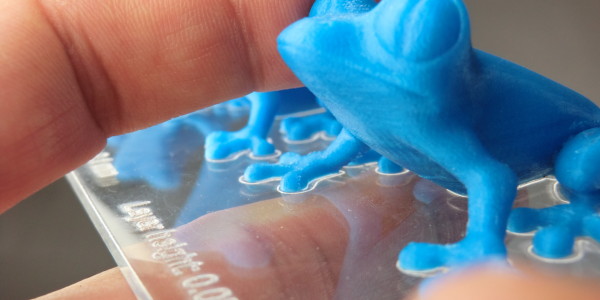3D printing has been shaking things up for manufacturing. It promotes innovation, versatility, and customization. Also known as additive manufacturing, 3D printing has unlocked incredible possibilities for the industry. However, many take the stance that 3D printing has yet to fulfill its potential in manufacturing.
It’s true that additive manufacturing is currently making an impact on the industry, but it hasn’t completely taken over. 3D printing is still mainly used for prototyping, or assisting the manufacturing process rather than being the manufacturing process. But all of that could soon change.
Currently, 3D printing uses the same concept as a regular inkjet printer. It’s not actually printing in three dimensions, it’s printing in two dimensions repeatedly. 3D printing builds three dimensional shapes by adding layer upon layer, hence the name additive manufacturing.
According to Joseph DeSimone, CEO of Carbon 3D, this layering process has a few drawbacks that have kept additive manufacturing from really taking off. DeSimone says that 3D printing isn’t fast enough, the construction isn’t strong enough, and the materials useable for 3D printing are too limited. That’s why he developed a new way of 3D printing.
The new printer from Carbon 3D is capable of printing up to one-hundred times faster than other 3D printers used in manufacturing. But it’s not just the speed of the printer that’s significant; the entire printing process is revolutionary.
Instead of melting down a material into a liquid and then applying it in layers, the liquid printer manipulates an already liquid substance into a desired form and then turns it into a solid. They’re calling the technology Continuous Liquid Interface Production (CLIP).
CLIP is made possible through polymer chemistry. The printer manipulates light and oxygen in order to create a desired part. Light can turn liquid resins into a solid state, and oxygen can inhibit that change. By using the combination of the two, liquid printers can “continuously grow” objects that are a single part.
All kinds of materials with all kinds of different properties can be used once you apply polymer chemistry to additive manufacturing. Instead of simple plastics or metals, you can have resins with a wide range of properties.
Since the objects printed with a liquid printer are continuously grown they are smooth on a molecular level. Also, since they are single part they have the structural integrity of injection-molded parts. These are both clear advantages over traditional 3D printing.
The company is hoping to elevate 3D printing from just prototyping to true 3D manufacturing. Their goal is to connect digital manufacturing from CAD design to prototype to finished product. When you consider the increased speed, versatility, and strength that a liquid printer has to offer, that goal certainly seems attainable.



